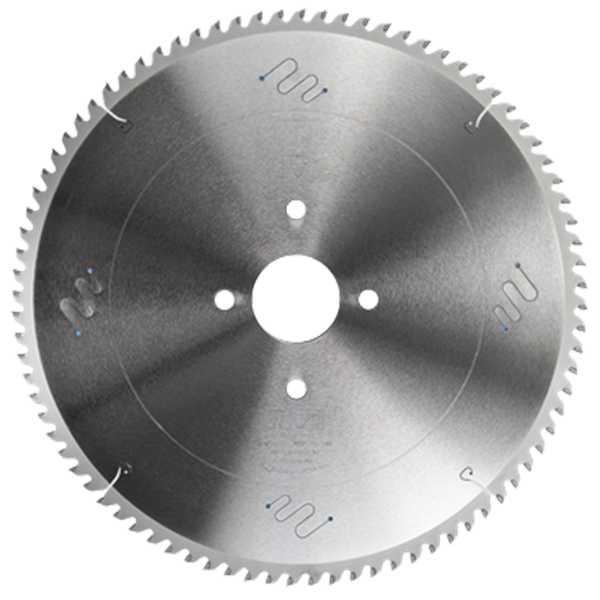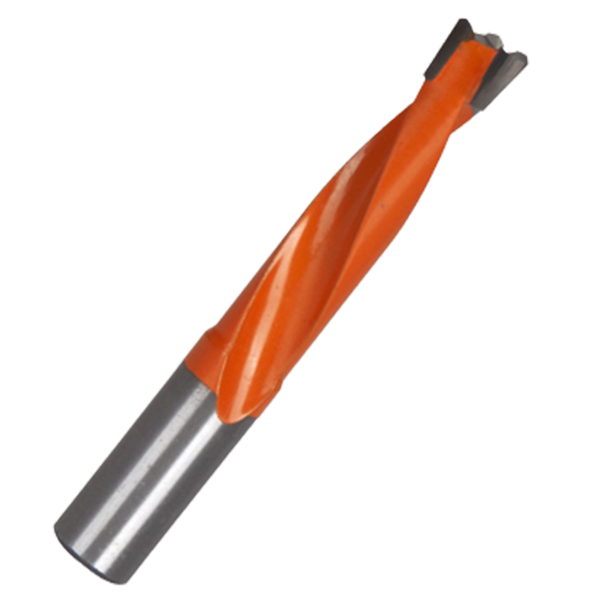introduction
Here can be simply Knowledge for you.
Learn how to Choose a circular Cold saw.To save you the trouble of picking up everything by yourself through trial and error
The following articles will introduce you to each of them
Table of Contents
-
Recognize the material
-
How to Choose the Right Cold Saw
-
Conclusion
Recognize the material
Common Material Classifications
Mainstream applications on the market Cold sawing is aimed at the metal plate market.
Metal plates mainly include three categories:
Classification by material:
-
ferrous metal decorative materials -
non-ferrous metal decorative materials -
special metal decorative materials
Black Metal
The ferrous metal materials used in engineering are mainly cast iron and steel, which are alloys composed of iron and carbon as the main elements.
What materials can cold saw products cut?
Mainly used for medium, high and low carbon steel materials
Carbon steel refers to iron-carbon alloys with a carbon content of less than 2.11%
According to the carbon content, it can be divided into:
Low carbon steel (0.1~0.25%)
Medium carbon steel (0.25~0.6%)
High carbon steel (0.6~1.7%)
1. Mild Steel
Also known as mild steel, low carbon steel with carbon content from 0.10% to 0.25% is easy to accept various processing such as forging, welding and cutting. It is often used to make chains, rivets, bolts, shafts, etc.
Types of Mild Steel
Angle steel, channel steel, I-beam, steel pipe, steel strip or steel plate.
The role of low carbon steel
Used to make various building components, containers, boxes, furnaces, agricultural machinery, etc. High-quality low-carbon steel is rolled into thin plates to make deep-drawn products such as car cabs and engine hoods; it is also rolled into bars and used to make mechanical parts with low strength requirements. Low carbon steel generally does not undergo heat treatment before use.
Those with a carbon content of more than 0.15% are carburized or cyanided and used for parts such as shafts, bushings, sprockets and other parts that require high surface temperatures and good wear resistance.
Mild steel has limited use due to its lower strength. Appropriately increasing the manganese content in carbon steel and adding trace amounts of vanadium, titanium, niobium and other alloying elements can greatly improve the strength of the steel. If the carbon content in steel is reduced and a small amount of aluminum, a small amount of boron and carbide forming elements are added, an ultra-low carbon bainite group can be obtained which has high strength and maintains good plasticity and toughness.
1.2. Medium carbon steel
Carbon steel with a carbon content of 0.25%~0.60%.
There are many products including killed steel, semi-killed steel, boiled steel and so on.
In addition to carbon, it can also contain less (0.70%~1.20%).
According to product quality, it is divided into ordinary carbon structural steel and high-quality carbon structural steel.
Thermal processing and cutting performance are good, but the welding performance is poor. The strength and hardness are higher than low carbon steel, but the plasticity and toughness are lower than low carbon steel. Hot-rolled materials and cold-drawn materials can be used directly without heat treatment, or they can be used after heat treatment.
Medium carbon steel after quenching and tempering has good comprehensive mechanical properties. The highest hardness that can be achieved is about HRC55 (HB538), and σb is 600~1100MPa. Therefore, among various uses with medium strength levels, medium carbon steel is the most widely used. In addition to being used as building materials, it is also widely used in the manufacture of various mechanical parts.
Types of Medium Carbon Steel
40, 45 steel, killed steel, semi-killed steel, boiling steel…
The Role of Medium Carbon Steel
Medium carbon steel is mainly used to manufacture high-strength moving parts, such as air compressors and pump pistons, steam turbine impellers, heavy machinery shafts, worms, gears, etc., surface wear-resistant parts, crankshafts, machine tools Spindles, rollers, bench tools, etc.
1.3.High carbon steel
Often called tool steel, it contains carbon from 0.60% to 1.70% and can be hardened and tempered.
Hammers, crowbars, etc. are made of steel with a carbon content of 0.75%; cutting tools such as drills, taps, reamers, etc. are made of steel with a carbon content of 0.90% to 1.00%.
Types of High Carbon Steel
50CrV4 steel: It is a kind of highly elastic and high-strength steel, mainly composed of carbon, chromium, molybdenum and vanadium and other elements. It is often used to make springs and forging tools.
65Mn steel: It is a high-strength and high-toughness steel composed of carbon, manganese and other elements. It is often used to manufacture springs, knives and mechanical parts.
75Cr1 steel: It is a high-carbon, high-chromium tool steel, mainly composed of carbon, chromium and other elements. It has high hardness and wear resistance and is used to make saw blades and coolants.
C80 steel: It is a type of high carbon steel, mainly composed of elements such as carbon and manganese. It is often used to manufacture high-strength parts such as saw blades, coil plates and springs.
The Role of High Carbon Steel
High carbon steel is mainly used for
-
Auto parts
High carbon steel is often used to make components such as automotive springs and brake drums to improve the safety and performance of the vehicle. -
Knives and blades
High carbon steel has the characteristics of high hardness and high strength and is used to make cutting tools and inserts, which can improve cutting efficiency and extend working life. -
Forging tools
High carbon steel can be used to make forging dies, cold forging tools, hot dies, etc. to improve the accuracy and strength of the finished product. -
Mechanical parts
High carbon steel can be used to manufacture various mechanical parts, such as bearings, gears, wheel hubs, etc., to improve work efficiency and load-bearing capacity.
(2) Classification by chemical composition
Steel is classified according to its chemical composition and can be divided into carbon steel and alloy steel
2.1. Carbon steel
Carbon steel is an iron-carbon alloy with a carbon content of 0.0218%~2.11%. Also called carbon steel. Generally also contains small amounts of silicon, manganese, sulfur, and phosphorus. Generally, the higher the carbon content in carbon steel, the greater the hardness and strength, but the lower the plasticity.
2.2. Alloy steel
Alloy steel is formed by adding other alloying elements to ordinary carbon steel. According to the amount of alloying elements added, alloy steel can be divided into low alloy steel (total alloy element content ≤5%), medium alloy steel (5%~10%) and high alloy steel (≥10%).
How to Choose the Right Cold Saw
Cutting materials: Dry metal cold sawing is suitable for processing low alloy steel, medium and low carbon steel, cast iron, structural steel and other steel parts with a hardness below HRC40, especially modulated steel parts.
For example, round steel, angle steel, angle steel, channel steel, square tube, I-beam, aluminum, stainless steel pipe (when cutting stainless steel pipe, special stainless steel sheet must be replaced)
Simple selection rules
-
Select the number of teeth of the saw blade according to the diameter of the cutting material
-
Select saw blade series according to material
How’s the effect?
-
Cutting material effect
| Material | Specification | Rotation speed | Cut-off time | Equipment model |
|---|---|---|---|---|
| Rectangular tube | 40x40x2mm | 1020 rpm | 5.0 seconds | 355 |
| Rectangular tube 45bevel cutting | 40x40x2mm | 1020 rpm | 5.0 seconds | 355 |
| Rebar | 25mm | 1100 rpm | 4.0 seconds | 255 |
| I-beam | 100*68mm | 1020 rpm | 9.0 seconds | 355 |
| Channel steel | 100*48mm | 1020 rpm | 5.0 seconds | 355 |
| 45# round steel | diameter 50mm | 770 rpm | 20seconds | 355 |
Conclusion
The above is the relationship between some materials and saw blades, and how to choose them.
Also depends on the device used. We will talk about this in the future.
If you’re not sure about the right size, seek help from a professional.
If you are interested,we can provide you best tools.
We are always ready to provide you with the right cutting tools.
As a supplier of circular saw blades, we offer premium goods, product advice, professional service, as well as a good price and exceptional after-sales support!
In https://www.koocut.com/.
Break the limit and move forward bravely! It’s our slogan.
Post time: Oct-17-2023








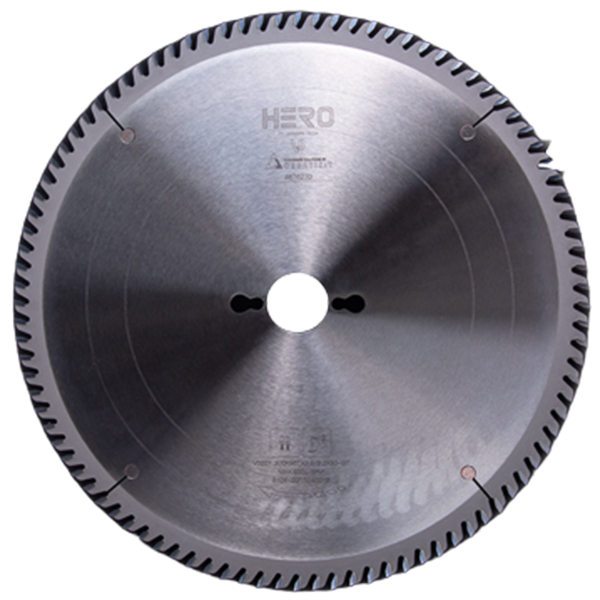 TCT Saw Blade
TCT Saw Blade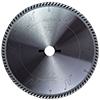 HERO Sizing Saw Blade
HERO Sizing Saw Blade HERO Panel Sizing Saw
HERO Panel Sizing Saw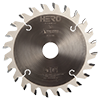 HERO Scoring Saw Blade
HERO Scoring Saw Blade HERO Solid Wood Saw Blade
HERO Solid Wood Saw Blade HERO Aluminum Saw
HERO Aluminum Saw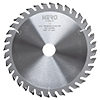 Grooving Saw
Grooving Saw Steel Profile Saw
Steel Profile Saw Edge Bander Saw
Edge Bander Saw Acrylic Saw
Acrylic Saw PCD Saw Blade
PCD Saw Blade PCD Sizing Saw Blade
PCD Sizing Saw Blade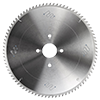 PCD Panel Sizing Saw
PCD Panel Sizing Saw PCD Scoring Saw Blade
PCD Scoring Saw Blade PCD Grooving Saw
PCD Grooving Saw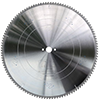 PCD Aluminum Saw
PCD Aluminum Saw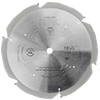 PCD Fiberboard Saw
PCD Fiberboard Saw Cold Saw for Metal
Cold Saw for Metal Cold Saw Blade for Ferrous Metal
Cold Saw Blade for Ferrous Metal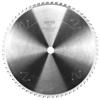 Dry Cut Saw Blade for Ferrous Metal
Dry Cut Saw Blade for Ferrous Metal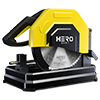 Cold Saw Machine
Cold Saw Machine Drill Bits
Drill Bits Dowel Drill Bits
Dowel Drill Bits Through Drill Bits
Through Drill Bits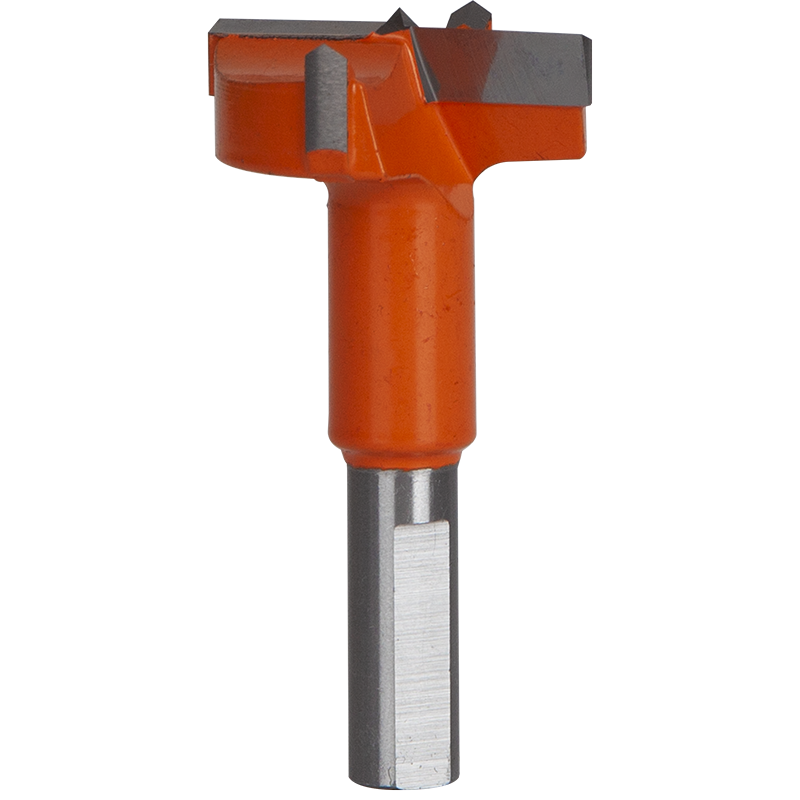 Hinge Drill Bits
Hinge Drill Bits TCT Step Drill Bits
TCT Step Drill Bits HSS Drill Bits/ Mortise Bits
HSS Drill Bits/ Mortise Bits Router Bits
Router Bits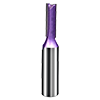 Straight Bits
Straight Bits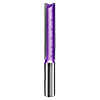 Longer Straight Bits
Longer Straight Bits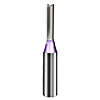 TCT Straight Bits
TCT Straight Bits M16 Straight Bits
M16 Straight Bits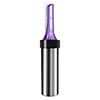 TCT X Straight Bits
TCT X Straight Bits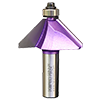 45 Degree Chamfer Bit
45 Degree Chamfer Bit Carving Bit
Carving Bit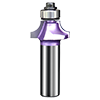 Corner Round Bit
Corner Round Bit PCD Router Bits
PCD Router Bits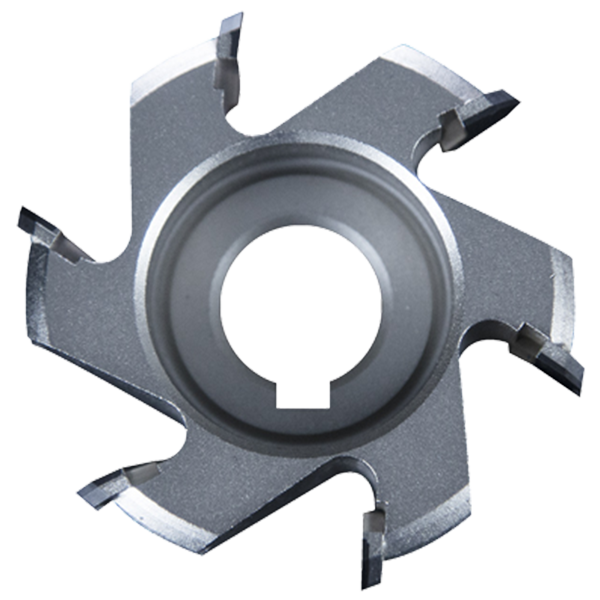 Edge Banding Tools
Edge Banding Tools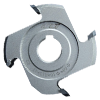 TCT Fine Trimming Cutter
TCT Fine Trimming Cutter TCT Pre Milling Cutter
TCT Pre Milling Cutter Edge Bander Saw
Edge Bander Saw PCD Fine Trimming Cutter
PCD Fine Trimming Cutter PCD Pre Milling Cutter
PCD Pre Milling Cutter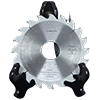 PCD Edge Bander Saw
PCD Edge Bander Saw Other Tools & Accessories
Other Tools & Accessories Drill Adapters
Drill Adapters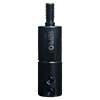 Drill Chucks
Drill Chucks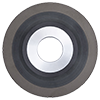 Diamond Sand Wheel
Diamond Sand Wheel Planer Knives
Planer Knives
